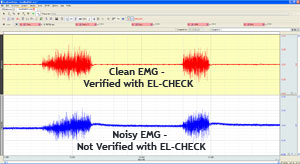
For best-performing biopotential measurements, the electrode lead impedance between any two electrode leads should be < 5 kΩ. Adequate biopotentials can be obtained with far higher electrode lead impedances, but measurements will be more subject to motion artifact and electrical noise contributions from the surrounding environment.
To obtain electrode lead to lead impedances of < 5 kΩ, it is usually required to slightly abrade the skin surface using a mildly abrasive pad, such as BIOPAC’s ELPAD, and then employ a well-gelled (not dry) surface electrode. If gel has dried, rejuvenate with a small amount of BIOPAC electrode gel (GEL series) on the contact pad of the electrode.
To test the impedance between any two electrode leads:
- Prepare the subject – abrade skin, check gel, attach electrodes
- Insert the leads into the appropriate connectors on the EL-CHECK
- Switch the selector knob to the corresponding position
- Press and hold the Test button
The appropriate LEDs (Green, Yellow, Orange and/or Red) will illuminate to indicate the measured electrode impedance. The EL-CHECK is only active when the Test button is pressed.
The EL-CHECK measures electrode impedance through the use of a very small, alternating, constant current. Because alternating current excitation is used, the confounding effects of the electrode/skin junction potentials are removed in order to obtain the most accurate measurement of electrode impedance.
Electrode Impedance Range Indicators: < 5 kΩ, 5-10 kΩ, 10-20 kΩ, 20-30 kΩ, 30-40 kΩ, 40-50 kΩ, > 50 kΩ
Lead Compatibility: Standard female Touchproof (1.5 mm) electrode leads, all BIOPAC electrodes and leads that terminate in female Touchproof sockets, all BN-EL and BN-Adapt series.
Testing Configurations – Switch Selectable: Active (Vin+) to Reference (Vin-), Active (Vin+) to Ground (GND), Reference (Vin-) to Ground (GND)
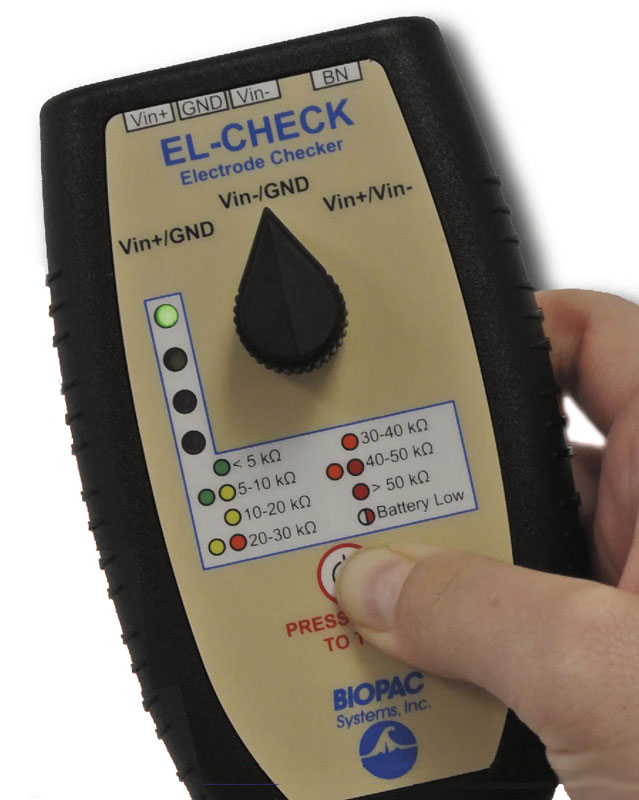
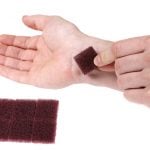
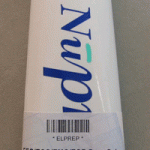
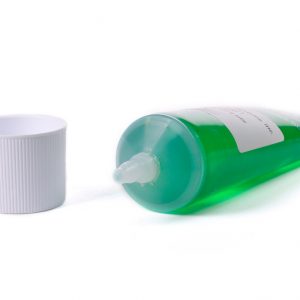
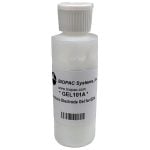

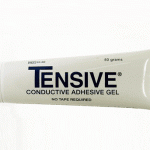
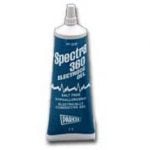
Stay Connected